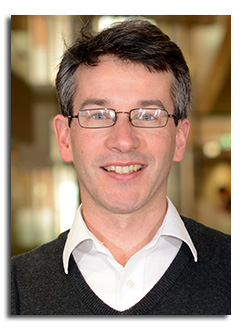
Abstract
The ultimate limit for solar power conversion stands at 87% so there would appear to be plenty of scope for improving the efficiency of photovoltaic technology. The fastest route to achieving high power conversion efficiency is by stacking multiple photovoltaic junctions; the InGaP/GaAs/Ge multi-junction solar cell represents the industry standard for space and solar concentrator applications. However, the evolution of the technology to a 4J architectures is presently at a crossroads. Options exist to fabricate a lattice-matched 4J cell using dilute nitride semiconductors or strain-balanced quantum wells, or alternatively lattice mismatched and wafer bonding approaches have also proven to be effective; the latter holding the present world record of 46.5%. All these technologies are likely to achieve efficiencies in excess of 50% in the near term.
A more difficult question is the extent to which the cost of the multi-junction solar cell can be reduced. While options exist for high throughput manufacturing, it is here that alternative approaches to high efficiency might, ultimately hold an advantage. A perspective on the present status of intermediate band and hot carrier cell concepts will be given.
Click here to see all available video seminars.
Click here to go to the SPREE HOMEPAGE.
Brief Bio
Dr. Ned Ekins-Daukes is Reader in Physics and Royal Society Industry Fellow at Imperial College London. His research is concerned with high efficiency photovoltaic energy conversion, spanning III-V solar cells, intermediate band and hot carrier concepts as well as PV-thermal systems. Ned was previously Lecturer at the School of Physics at the University of Sydney in Australia and prior to that a JSPS research fellow at the Toyota Technological Institute, Japan. He holds PhD and MSc degrees in Semiconductor Physics from Imperial College London and a degree in Physics & Electronics from the University of St Andrews in Scotland.
